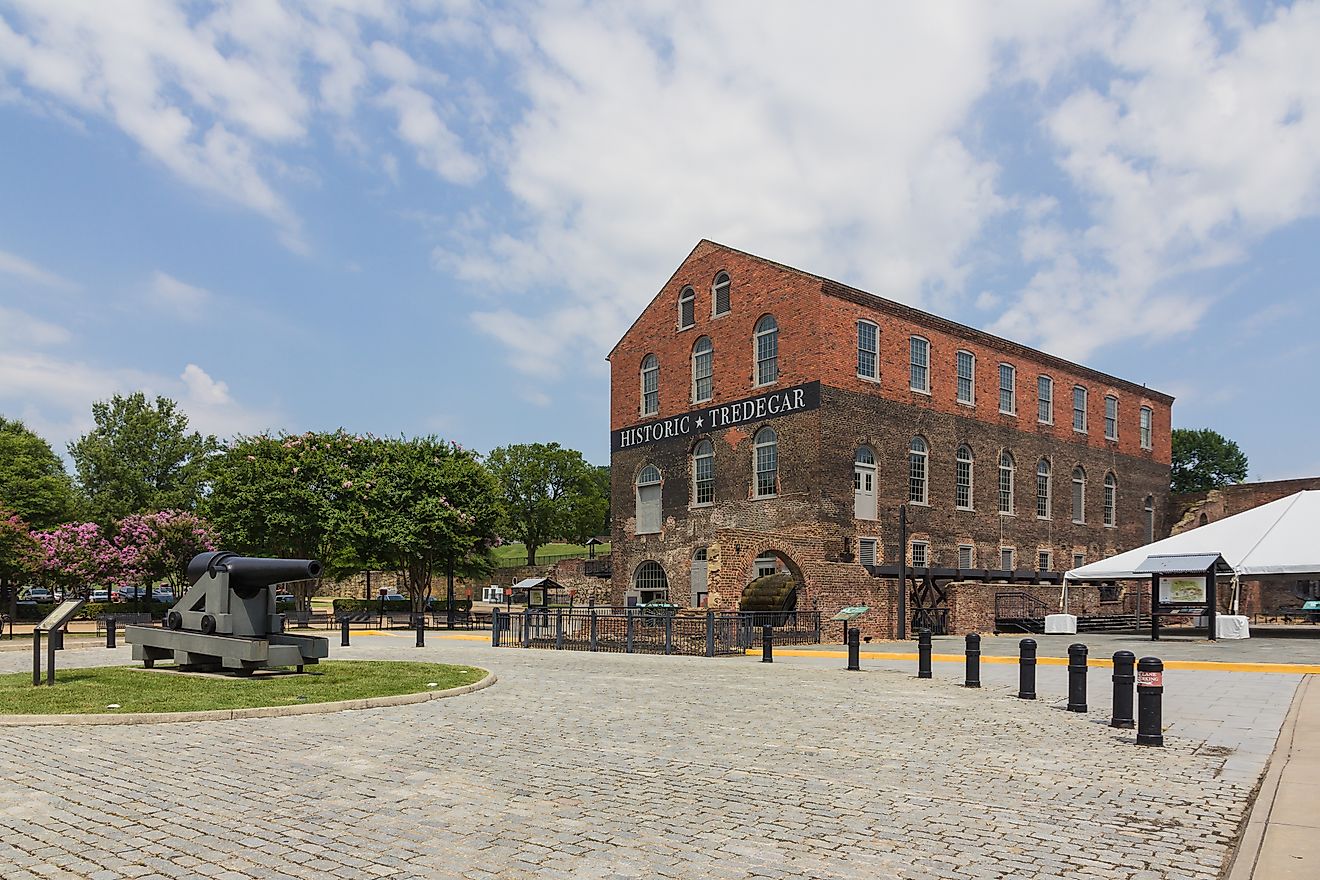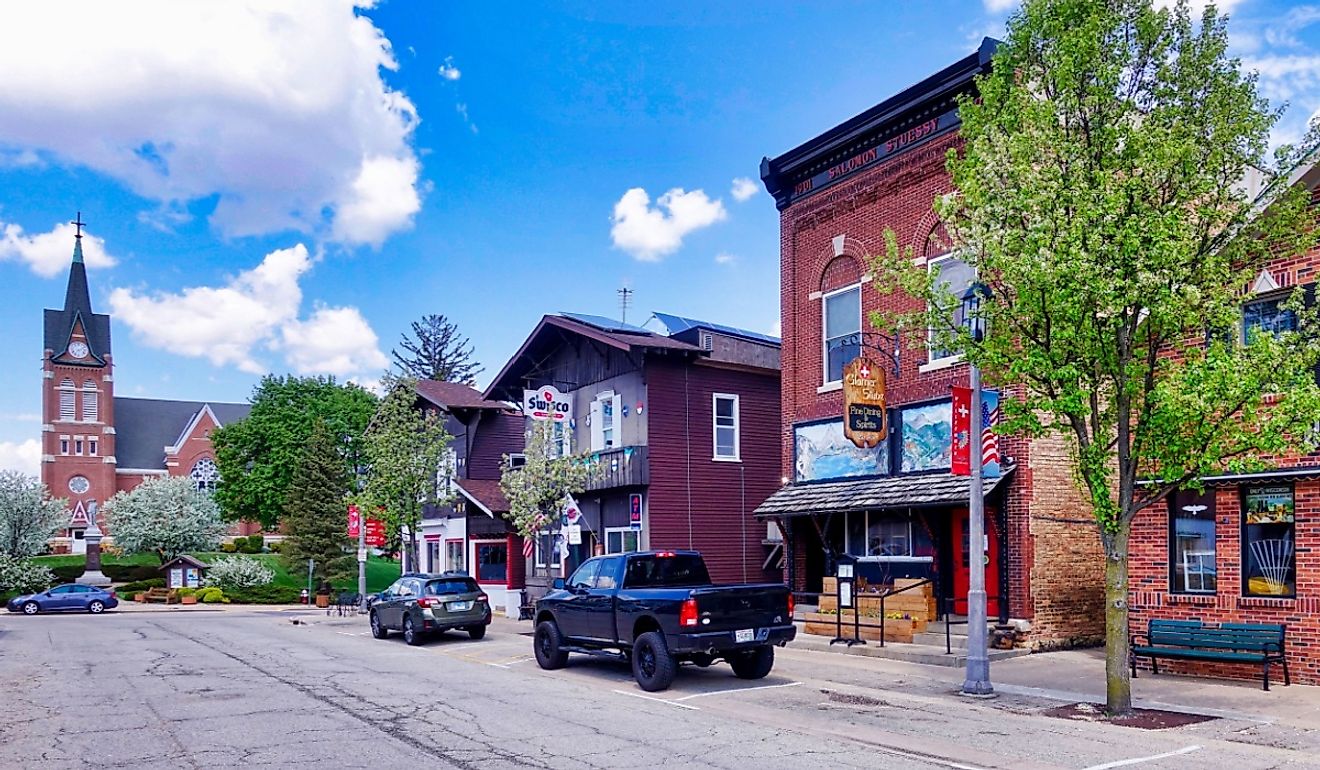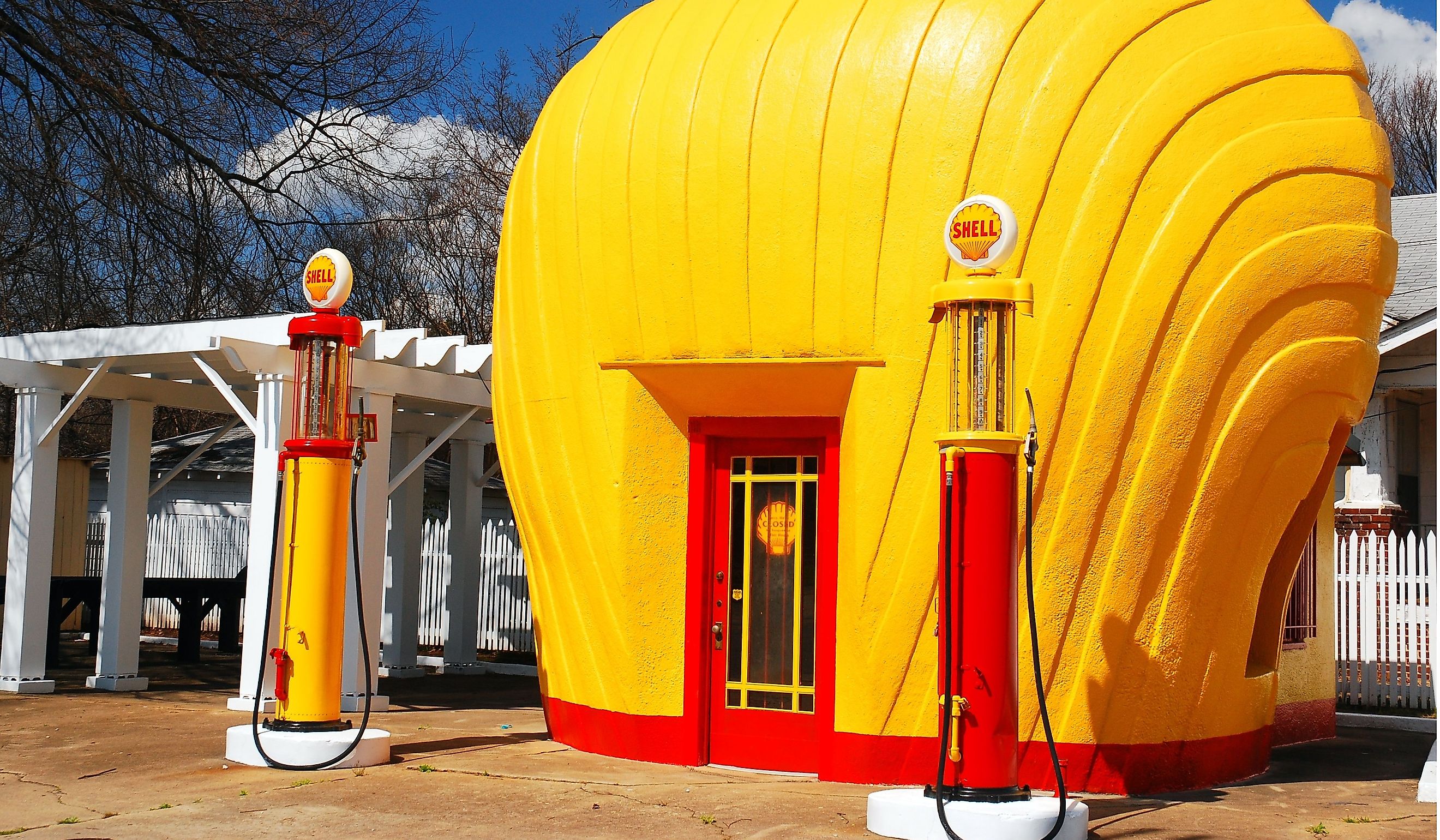
8 Strangest Landmarks in North Carolina
North Carolina holds secrets that go far beyond its famed barbecue and beautiful beaches. Tucked between mountain peaks and coastal plains, you'll find some truly peculiar attractions that showcase the state's quirky personality. From abandoned theme parks to mysterious natural phenomena, these eight unusual landmarks tell fascinating stories of creativity, folklore, and architectural whimsy. There is already so much to see and do in beautiful North Carolina, but these odd landmarks are sure to make your next visit to The Tar Heel State even more adventurous.
World's Largest Chest of Drawers - High Point
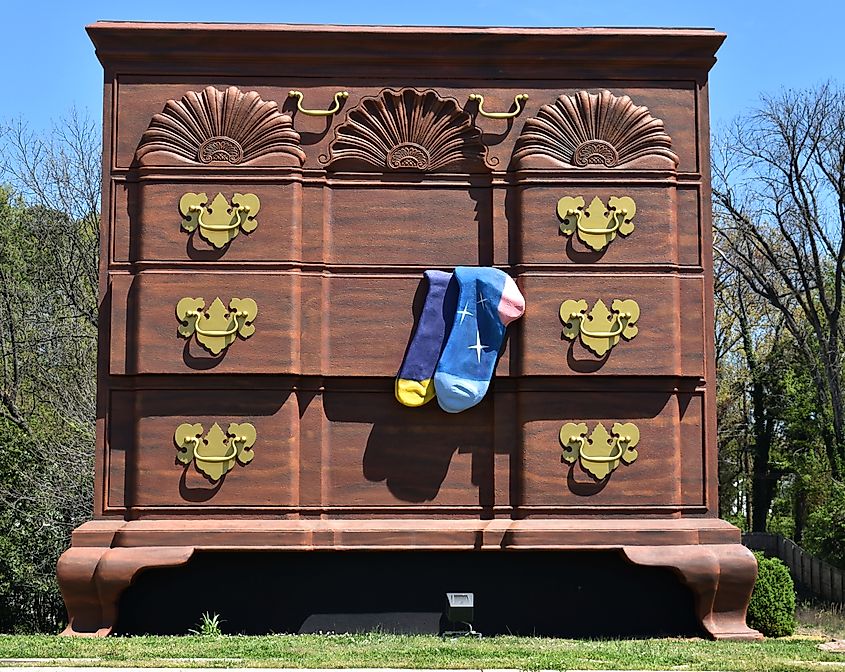
Standing proudly in the "Home Furnishings Capital of the World," the World's Largest Chest of Drawers towers 36 feet high above the streets of High Point. Built in 1926 and renovated in 1996, this enormous bureau serves as both a landmark and a testament to the city's furniture-making heritage. Originally constructed as a Bureau of Information, the building features two giant socks hanging from its drawers, symbolizing the city's hosiery industry.
What makes this landmark particularly unusual is its perfect attention to detail. The drawers are built to scale, the handles are properly proportioned, and the massive socks (added during renovation) are accurate recreations of their tiny counterparts. The building functions as an office space, allowing people to truthfully say they work inside a giant dresser.
Land of Oz Theme Park - Beech Mountain
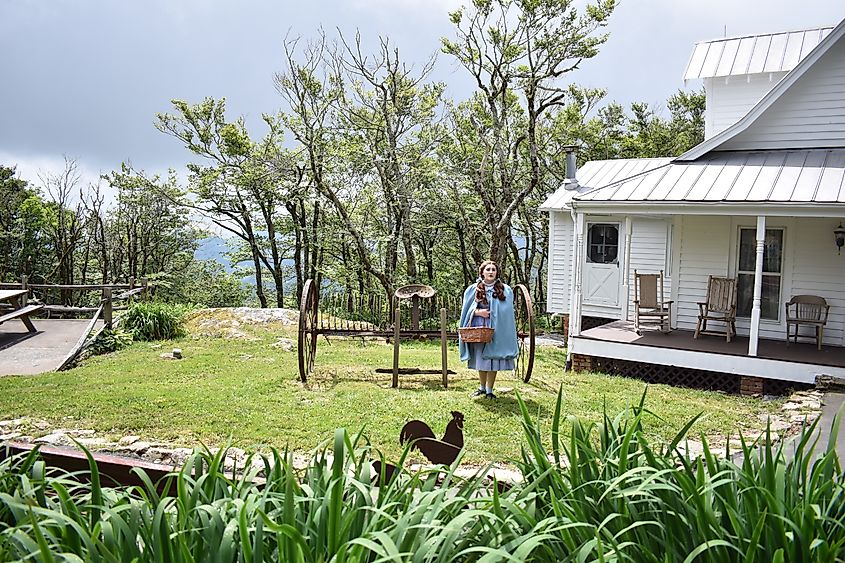
Perched atop North Carolina's highest town sits an abandoned but not forgotten yellow brick road. The Land of Oz Theme Park, opened in 1970 and closed in 1980, now exists as a magnificent relic of theme park history. This unusual attraction opens to the public only during special events throughout the year.
The park's strange appeal lies in its current state of preserved abandonment. Dorothy's house still stands, complete with the tornado experience that transports visitors to Oz. The yellow brick road winds through the mountain landscape, offering stunning views of the Blue Ridge Mountains. Props and characters from the original park create an eerily magical atmosphere that blends nostalgia with mountain mist.
Last Shell-Shaped Shell Station - Winston-Salem
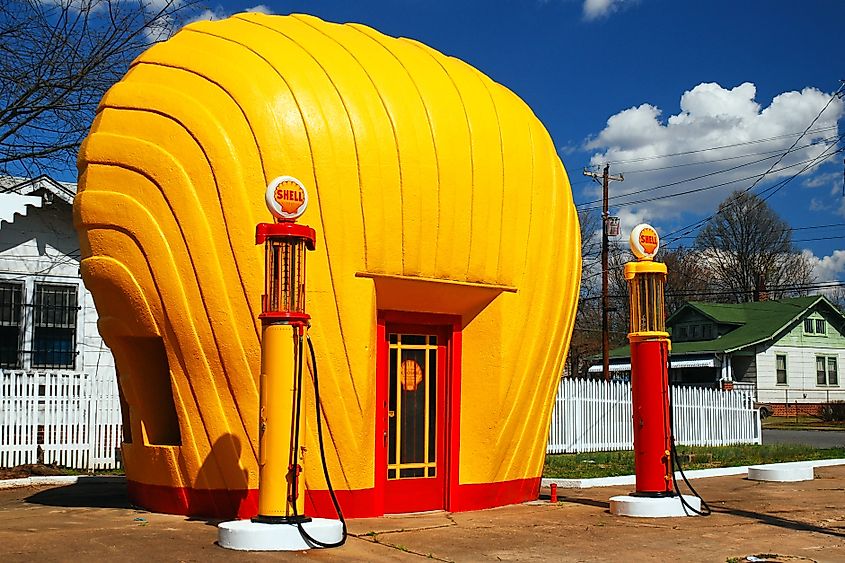
In Winston-Salem stands the last remaining example of Shell Oil's experimental architecture program from the 1930s. This perfectly preserved service station, shaped like a giant yellow scallop shell, represents a unique period in American roadside architecture. Listed on the National Register of Historic Places, the building has been restored to its original glory.
The building's unusual design features eight bright yellow concrete panels arranged to form a shell shape, complete with precise scalloped edges. Today, the building serves as a small office space, but its pristine exterior remains a stunning example of programmatic architecture. The surrounding garden enhances its storybook quality.
Devil's Tramping Ground - Bear Creek
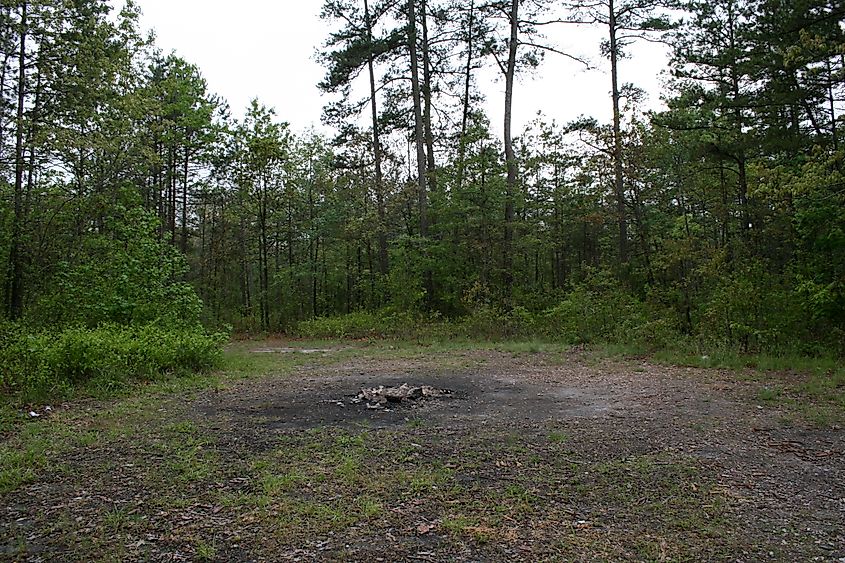
Deep in the forests of Chatham County lies a mysterious bare circle that has puzzled North Carolinians for centuries. The Devil's Tramping Ground, a perfectly circular patch roughly 40 feet in diameter, refuses to support plant life despite numerous attempts at cultivation. Local folklore suggests it's where the devil himself paces in circles, planning his mischief.
Scientists have studied the soil but found no definitive explanation for its inability to sustain growth. The site's documented history stretches back to the 1800s, with consistent reports of its unusual characteristics. Visitors often report strange compass behavior in the circle, adding to its mysterious nature.
Cloud Chamber for the Trees and Sky - Raleigh
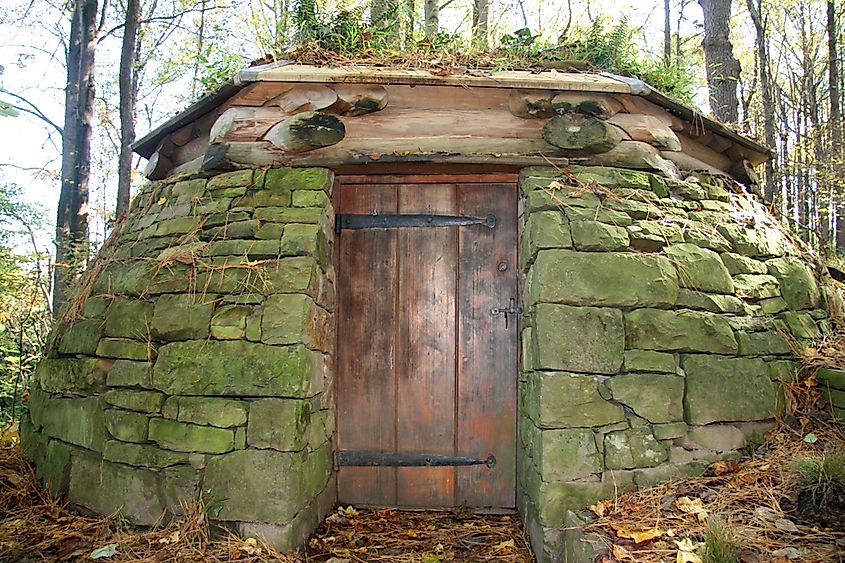
In the city of Raleigh, within the North Carolina Museum of Art's sprawling park sits a peculiar stone building that appears unremarkable from the outside. The Cloud Chamber for the Trees and Sky, created by artist Chris Drury, uses the ancient principle of camera obscura to project an image of the sky and surrounding trees onto the chamber floor.
This amazing feat requires no electricity or modern technology. Visitors enter the dark chamber and, after allowing their eyes to adjust, discover an inverted image of the outside world projected through a tiny hole in the roof. The experience creates a magical connection between art, nature, and physics.
House of Mugs - Collettsville

Along a quiet road in Caldwell County stands a house covered in more than 30,000 coffee mugs. Created by Avery and Doris Sisk, this unusual landmark began with a few mugs nailed to the house and grew into an obsession. Today, visitors from around the world bring mugs to add to the collection.
The house itself serves as both a home and an ever-evolving art installation. Each mug has its own story and many bear messages from their donors. The collection continues to grow as visitors regularly arrive with new mugs. Local residents help maintain the display, ensuring this unique piece of folk art endures.
Helen's Bridge - Asheville
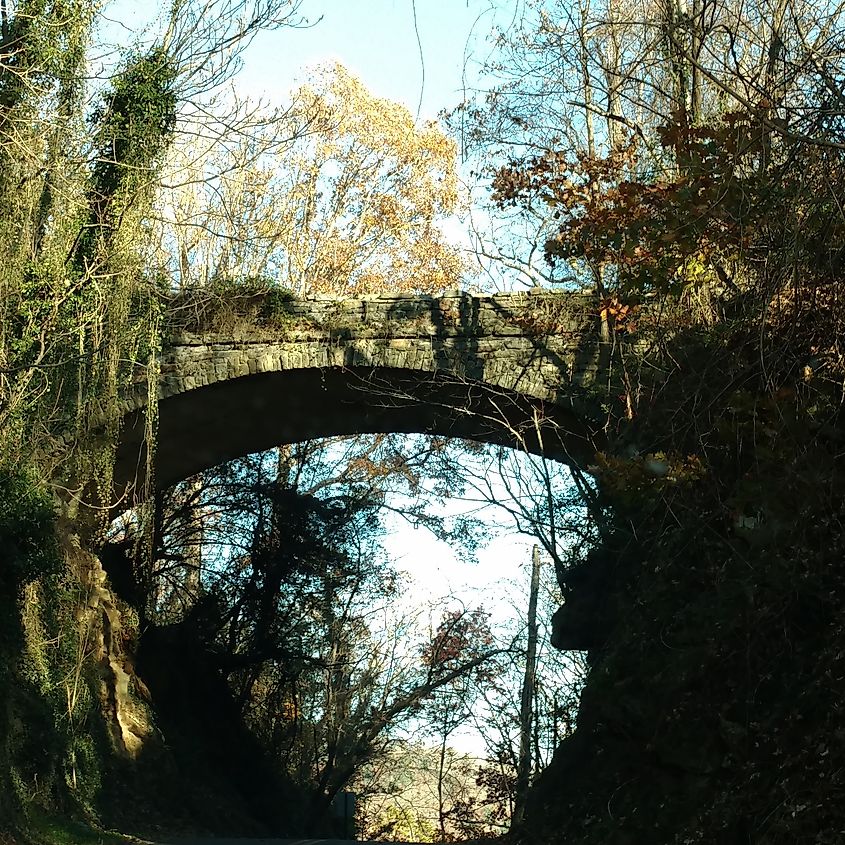
Rising above the mountain city of Asheville, Helen's Bridge stands as one of the most haunting landmarks in North Carolina. Built in 1909 from quarried stone, the bridge connected the Zealandia Mansion with the main road. Its gothic architecture and isolated location create an appropriately spooky atmosphere for its ghostly reputation.
The bridge's unusual status comes from its architecture and infamous legends. The stone arch design seems more suited to a European castle than a mountain road. Its remote location and elaborate construction make it a peculiar piece of infrastructure that has fascinated visitors for over a century.
Shangri-La Stone Village - Prospect Hill

Hidden in Caswell County, the Shangri-La Stone Village stands as a testament to one man's artistic vision. Built by retired tobacco farmer Henry Warren between 1968 and 1977, this miniature village consists of dozens of intricate buildings crafted from tiny stones, arrowheads, and pieces of colorful glass.
Each building in the village showcases incredible attention to detail, from tiny stained glass windows to perfectly scaled doors and chimneys. The structures include a church, hotel, theater, and hospital, all built to scale. Warren collected stones from North Carolina counties to create his masterpiece, making it a literal piece of state history.
These eight landmarks reveal North Carolina's capacity for the unusual and unexpected. They stand as monuments to creativity, engineering, folklore, and individual vision. Each site offers visitors a chance to step outside the ordinary and experience something truly unique. Their stories enrich the state's cultural landscape and remind us that sometimes, the strangest places hold the most fascinating tales.



